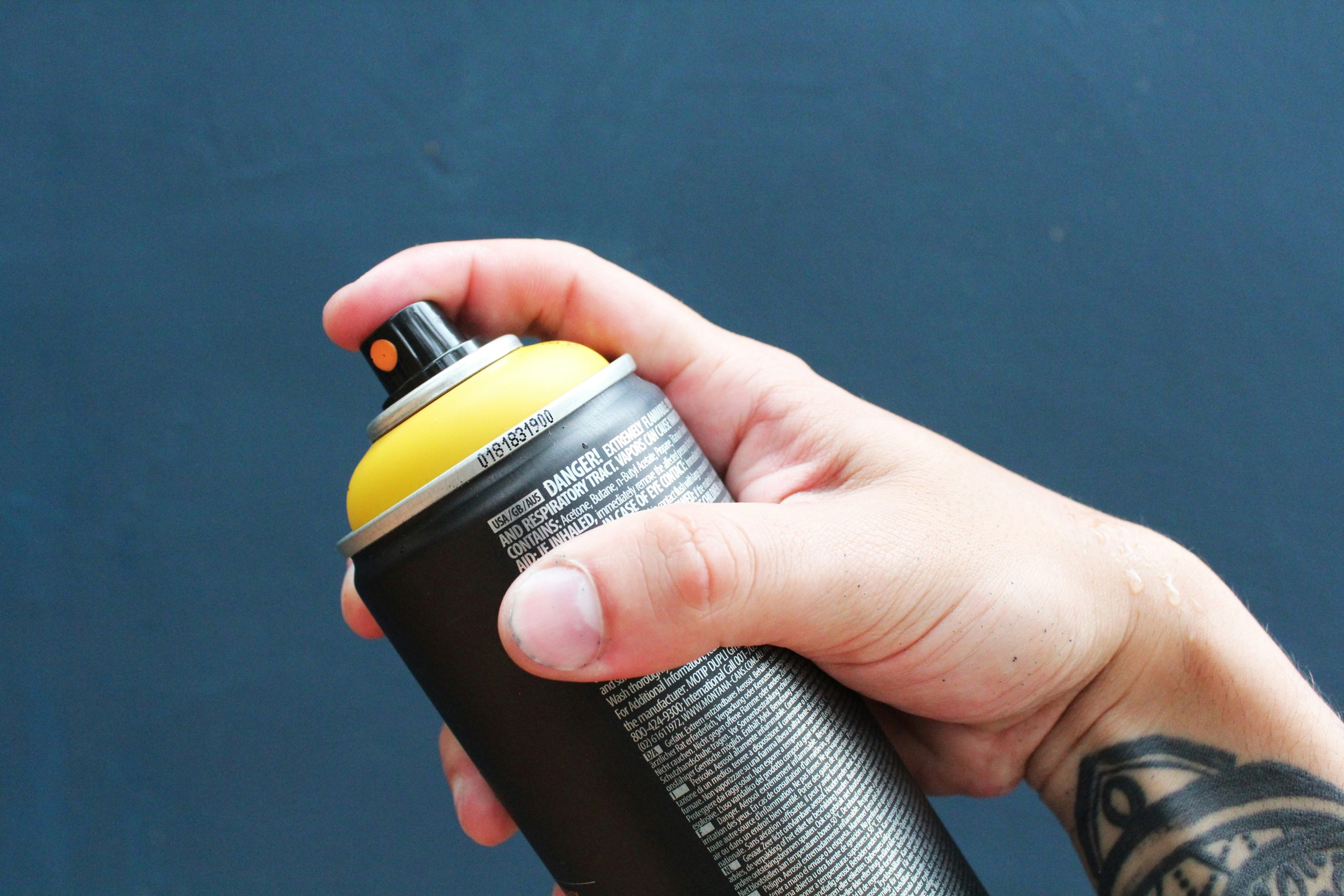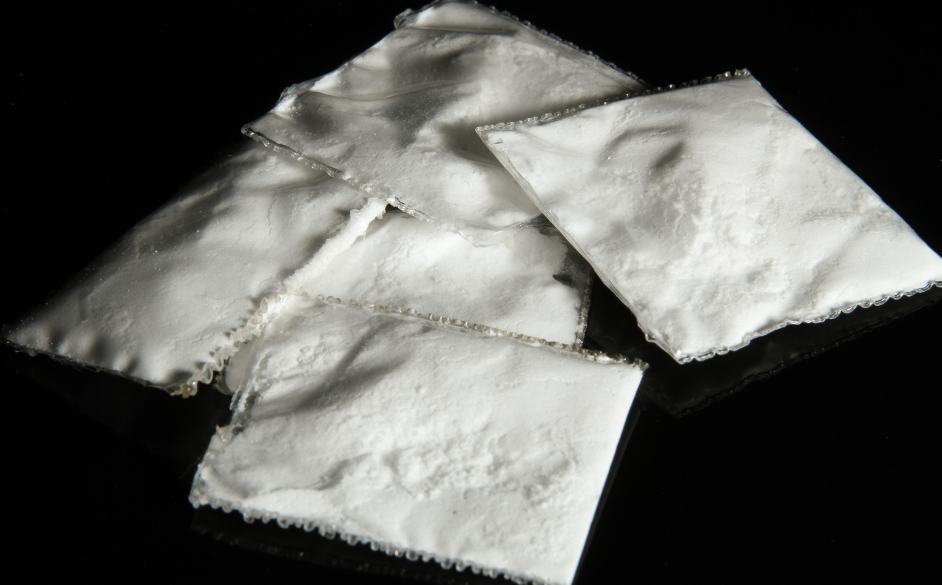
You may have heard of the term “chroming.” It refers to the act of inhaling solvents and other volatile substances to achieve a short-term high. Though it once referred specifically to breathing in aerosol chrome-based spray paints, it now often includes the inhalation of other volatile substances such as deodorants, hazardous household chemicals, and other aerosol products [1, 2].
While the term “chroming” may sound unique, it is just another name for what has been known as huffing and sniffing, glue, gas, and poppers [3].
What are the effects?
Most inhalants have an immediate effect once inhaled, as the chemicals are rapidly absorbed into the bloodstream from the lungs. They then spread quickly to the brain and the rest of the body, providing a short-lived “high”. The effects can include [4]:
- Increased heart rate
- Feeling light-headed, dizzy, confused or drowsy
- Dulling of pain and reduction of anxiety
- Euphoria or a ‘high’
- Impaired judgement and loss of inhibitions
- Slurred speech and loss of coordination (e.g., staggering), loss of balance
- Headaches
- Nausea, vomiting
- Becoming irritable, agitated, or aggressive
- Burning feeling or irritation to eyes, nose and throat
- Tremors or shakes
- Hallucinations (e.g., seeing or hearing things that aren’t really there)
- Dissociation (e.g., disconnected from feelings and surroundings)
As the effects wear off quickly, users tend to continue inhaling to extend the “high.” This can cause brain damage, loss of consciousness, or death. “Sudden sniffing death syndrome” can be caused by heart failure after inhaling solvents or aerosol sprays [4]. Death from chroming can also be caused by asphyxiation, seizures, accidents that occur while intoxicated, or coma [4].
Chroming and social media
Not unlike the impact of social media on the glamorisation of vaping, the term “chroming” has gained traction on social media. Most recently, there was an alarming TikTok trend that circulated amongst teens, which resulted in cardiac arrest and death among Australian teens. TikTok has also been used as a platform where inhalant-users have shared videos of nitrous oxide inhalation (known as laughing gas, whippits and hippy crack), using the term “WhipTok”.
However, while chroming may seem to have been glamorised through its name and social media trend, it is often accompanied by feelings of shame and regret by users [1].
How common is chroming?
Most Australian teens don’t chrome. According to the Australian Secondary Students’ Alcohol and Drug (ASSAD) survey in 2017, 18% of teenagers aged 12-17 had ever tried inhalants, with 7% having used in the past month and 13% having used in the past year. More information on common drugs used by youth in Australia can be found on our blog here. However, it is important to note that inhalant use tends to be under-reported due to stigma, and surveys do not always include data on adolescents or those under 14 years of age.
Why do young people choose to chrome?
As with any type of substance use, there is no single reason why people choose to chrome. Usually, there are multiple factors at play, including:
- To fit in/feel a sense of belonging
- To escape reality and forget problems
- To be rebellious
- Out of curiosity or boredom
- To feel more sociable and part of a group
- To try and have fun
- Peer influence and a belief that everyone else is doing it
Inhalants are also easy to acquire, as household chemicals or aerosol deodorants are often used.
A research paper published in Contemporary Drug Problems in 2005 drew from interviews with 26 young Australians aged 13-24 with chroming experience, as well as interviews with 14 expert drug and alcohol or youth workers who worked closely with young inhalant-users [1]. Some of the key takeaways were:
- Not all users find chroming enjoyable
- Many of the young people interviewed deeply regret chroming and even reported instances of uncontrollable anger, violence, and crimes committed, as well as relationship break-downs, and damage to their brains and bodies
- Shame and pleasure were both experienced while chroming
- A harm reduction approach is important in the prevention of inhalant use. For example, providing education for safer practices, in combination with interventions designed to encourage non-use
There’s a misconception that chroming is a safer way to achieve a high than taking other drugs. However, it is important to remember that just because they may be household products, inhalants are not intended for consumption.
Gentle, open communication and education is important for prevention.
Click here and here for resources on inhalant use for families and teachers, and read more here for some points on what to do if someone is chroming.
FAQs:
Is chroming the same thing as huffing?
What products are used for chroming?
Author: Francesca Wallis
With expert review by researchers at the Matilda Centre for Research in Mental Health and Substance Use.
References:
[1] S. MacLean, “‘It Might Be a Scummy-Arsed Drug but it’s a Sick Buzz’: Chroming and Pleasure,” Contemporary Drug Problems, vol. 32, no. 2, pp. 295–318, Jun. 2005, doi: https://doi.org/10.1177/009145090503200206. [2]“Inhalant Substance Abuse – Chroming | NRA Australia,” National Retail Association. https://www.nationalretail.org.au/policy-advocacy/safe-retail/inhalant-substance-abuse-chroming/ [3] Alcohol and Drug Foundation, “ADF – Drug Facts – Inhalants,” ADF – Alcohol & Drug Foundation, Dec. 06, 2023. https://adf.org.au/drug-facts/inhalants/ [4] National Institute on Drug Abuse, 2010. Research Report Series— Inhalant Abuse, National Institute on Drug Abuse, National Institutes of Health: Bethesda, MD.






